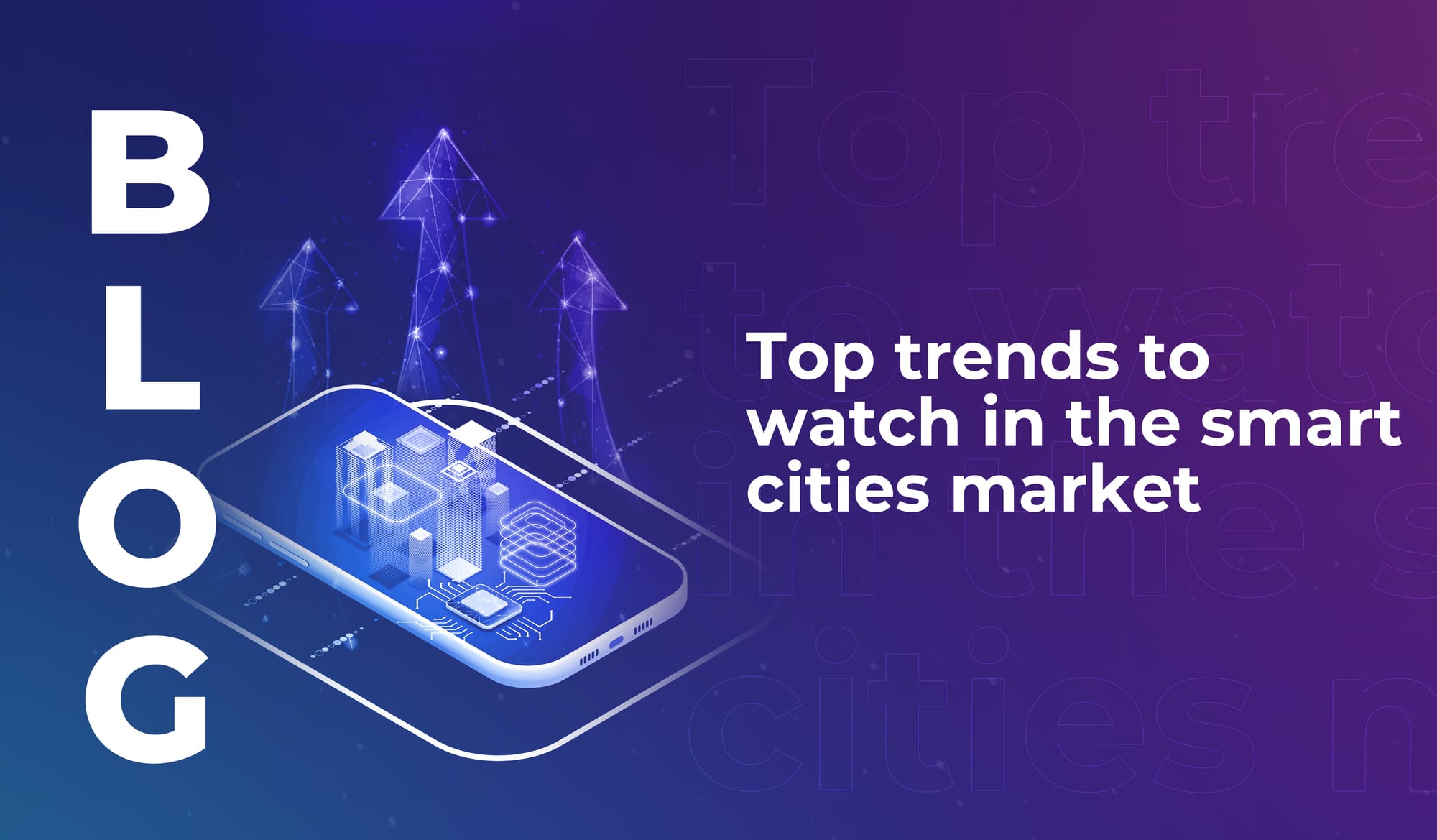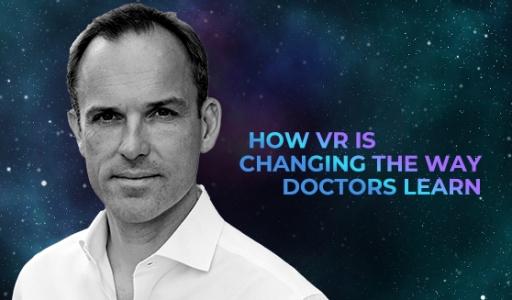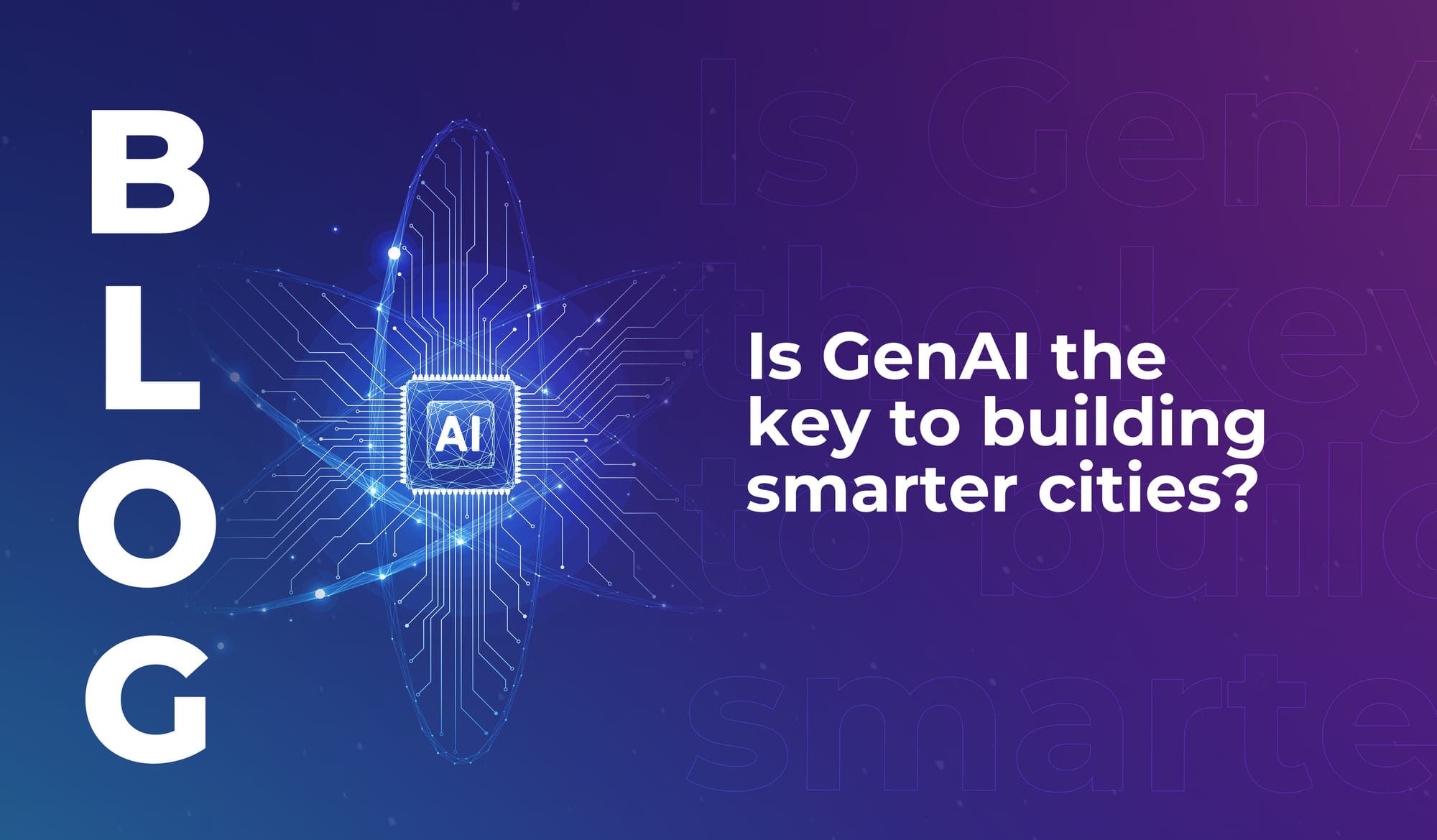
Top trends to watch in the smart cities market
Explore key smart city market trends for 2025–2030, from EV infrastructure to AI-powered waste systems – backed by the latest industry report.


Richard Vincent (CEO and Co-Founder at Fundamental VR) wanted to explore useful ways to integrate technology into the medical sector. At #LEAP22, he pointed out that the process of learning a surgical procedure hasn’t really changed in over a hundred years: “it still involves practising on humans. And there’s an enormous human cost to that, [and] an enormous financial cost to that.”
So Vincent and his team are working with VR tech to change the way that doctors learn. “It’s really about acceleration that will flatten the learning curve,” he said. “We’re all about making it quicker, more effective, and simpler to acquire really complicated skills, knowledge, and capabilities.”
According to a historical review published in the journal Academic Medicine in 2018, the regular use of human bodies in medical training began in Europe in the Late Middle Ages. Initially, anatomists used bodies from poorhouses, jails, or the gallows — until body donation became more common in the 1960s and 1970s.
Today, acquiring a human body for teaching purposes is neither easy nor cheap. While in some countries bodies are donated (for free) with the individual’s informed consent before their death, medical schools still have to pay for the transportation, embalming, and storage of the cadavers. In the US, this costs around $2,000 per body, according to figures reported in The American Biology Teacher in 2014 — although it’s really hard to find accurate, up-to-date costs for cadaver acquisition.
As well as the cost of acquisition, cadavers are also a contentious subject. In 2012 the International Federation of Associations of Anatomists (IFAA) recommended that only donated bodies be used for anatomy teaching and medical research. But in many countries, anatomists still rely on ‘unclaimed’ bodies. In a 2016-2017 survey, information was gathered from 71 countries that have medical schools — and found that body donation was the exclusive source of bodies in only 32% of the 68 countries that use cadavers for education. In most other countries, unclaimed bodies were either the main or the only source. Some countries imported bodies from abroad, and in one country the bodies of people who’d been executed were given to medical schools.
All of this to say that due to cost and ongoing ethical debates, cadavers aren’t easy to come by. Which means that many medical students around the world just don’t have access to this kind of training.
In the UK, for example, there were 32 registered medical schools as of 2015. Of those, 19 offered cadaver dissection, but only 12 offered it as their main anatomy teaching method. In Saudi Arabia, the scarcity of cadavers has been reported as a major obstacle for medical students, with all human bodies provided to medical schools in the Kingdom imported from elsewhere.
Within medical education, some experts argue that training on cadavers is still important, to give students the tactile experience of working with real bodies. But others argue it’s an outdated method — not least because the transportation, storage, and the time it takes to dissect a cadaver mean that it isn’t a true representation of the experience of doing a procedure on a living body anyway, as James Young (Chief Academic Officer of the Cleveland Clinic Lerner College of Medicine) explained in an interview with Scientific American.
Whichever side of the argument you’re on, the fact remains that when a vast number of students around the world don’t have access to cadavers via their medical school, alternatives are needed. Enter VR.
Vincent described how standard VR can be combined with ‘presence’ and haptic VR to provide a “really sophisticated touch that allows you to feel a virtual patient who’s not really there in the room with you.”
Haptic tech has become fairly well recognised by the general public, through devices like watches and phones that have haptic responses. But kinaesthetic haptics add additional dimensions: delivering a sense of weight, force, resistance, pressure, and flow.
When you add kinaesthetic haptic software to VR hardware devices that are already on the market, you give users access to “blended VR” experiences. And through these experiences, medical students can practise complex procedures, over and over again, with no human cost and a much lower financial cost than cadaver training.
Blended VR education also gives teachers access to more easily quantifiable measurements and data about their students’ progress. A haptic system can, for example, produce precise measurements of a student’s eye, head, and hand movement; and monitor decision-making in real time throughout a procedure. “And these are all validated measures of surgical skill development,” Vincent said. “They allow us to predict where you are today, where you’re going to be in the future, how those skills are going to develop — or not, in some cases.”
VR, then, doesn’t just provide a more accessible solution for hands-on medical education; it could also be a safer and more effective solution. Vincent noted that improvements in the speed of knowledge acquisition for VR tech (compared with traditional training methods) range from 70% to 240%.
And this gets even better when you add haptics to the mix. Medical schools that have tested haptic VR tech for procedural training, including NYU Langone in the US, and some NHS trusts in the UK, have recorded a 30-44% improvement in accuracy and speed of skills acquisition on top of the improvements recorded for standard VR.
“It’s what I like to call pre-human competence,” Vincent said. “Learning on a virtual patient, having the perfect presentation of the case, having the imperfect presentation of the case, practising as many times as you want. Swinging the bat until you get it perfect.”
From the perspective of any human being who might one day have to undergo a medical procedure, this makes good sense. If pre-human competence adds a new dimension of knowledge and skill to medical education and increases patient safety and positive outcomes, then it’s an exciting step into the future of medicine.

Explore key smart city market trends for 2025–2030, from EV infrastructure to AI-powered waste systems – backed by the latest industry report.

Learn how generative AI is unlocking the true potential of digital twins – to make smart cities more efficient, inclusive, and citizen-focused.

The smart cities of the future will use tech to lower emissions, cut urban temperatures, and improve quality of life in highly populated areas.

Explore key smart city market trends for 2025–2030, from EV infrastructure to AI-powered waste systems – backed by the latest industry report.

Learn how generative AI is unlocking the true potential of digital twins – to make smart cities more efficient, inclusive, and citizen-focused.

The smart cities of the future will use tech to lower emissions, cut urban temperatures, and improve quality of life in highly populated areas.